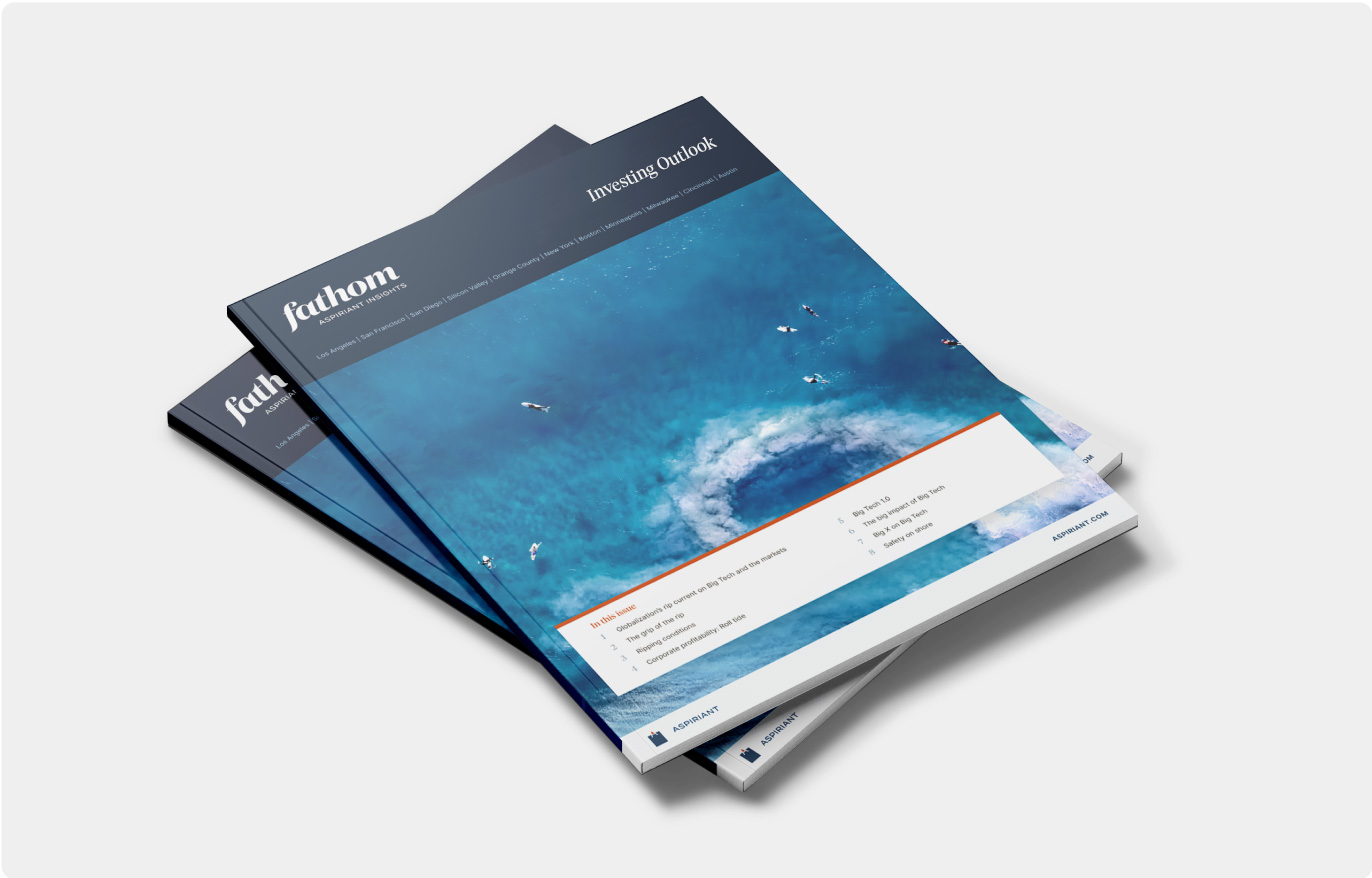
Investment Strategy & Research (IS&R)
Explore our Investment Strategy & Research (IS&R) team’s analysis of the economic landscape for the third quarter of 2024. In this summary, we highlight key trends, including inflation shifts, market reactions and portfolio considerations. For a more in-depth dive, access our full Insight report here.
Highlights
- Inflationary pressures continue to subside, and the Federal Reserve seems to be shifting its focus to the strong, though potentially softening, labor market.
- The Magnificent Seven (Alphabet, Amazon, Apple, Meta, Microsoft, Nvidia and Tesla) shed over $2 trillion in market capitalization in a brief period, as reporting guidance disappointed and the stocks struggled to overcome macroeconomic headwinds.
- Political and fiscal policy uncertainty remains an overhang on the market.
- Restrictive monetary policy gives the Fed the flexibility to intervene as necessary.
Macro Environment at a Glance
Inflation Trends and Economic Outlook:
As illustrated in Figure 1, inflation has significantly decreased from its peak of over 9% in June 2022, now standing around 3.0%. This decline aligns with historical patterns, where inflation cycles typically take 24 months to peak and then recede. The Federal Reserve is likely to continue easing monetary policy, especially if disinflationary pressures persist and the labor market cools further.
Household Wealth and Economic Disparities:
Figure 2 shows that U.S. household net worth, as a percentage of GDP, has surged to nearly 6x, a level not seen since the 1950s. This increase reflects the robust economic growth driven by factors such as lower labor and debt costs, fewer regulations, and technological advances. However, the benefits of this growth have not been evenly distributed. Lower-income households continue to face significant challenges, particularly with inflation eroding their purchasing power and increasing their reliance on credit. As such, we believe it is important to monitor rising credit card delinquencies, as well as other forms of credit, to determine the sustainability of consumer spending patterns.
Portfolio Considerations
- Investors should aim to maintain a disciplined approach to portfolio construction—diversified, fully invested portfolios—while staying adaptive to the evolving landscape of risks and opportunities.
- We recommend portfolio positioning grounded in diversification and purposeful risk-taking. Fixed income looks attractive, with yields offering a reasonable spread to inflation. Given that we are closer to the end of the inflation cycle than the start, we expect fixed income and equities markets to be less correlated to one another. This should give fixed income, as we have seen during recent market volatility, the ability to preserve capital during equity market sell-offs.
We believe holding defensive equities, especially this late in the cycle, is sensible due to their durable business models and strong cash flows. International equities offer potential for wider returns despite near-term risks. Additionally, exposure to private markets, such as private credit and infrastructure, allows investors to capitalize on market dislocations and long-term trends, while broadening portfolio diversification.
Download Insight highlights
|
Download full Insight analysis |

 Talk to us
Talk to us 






